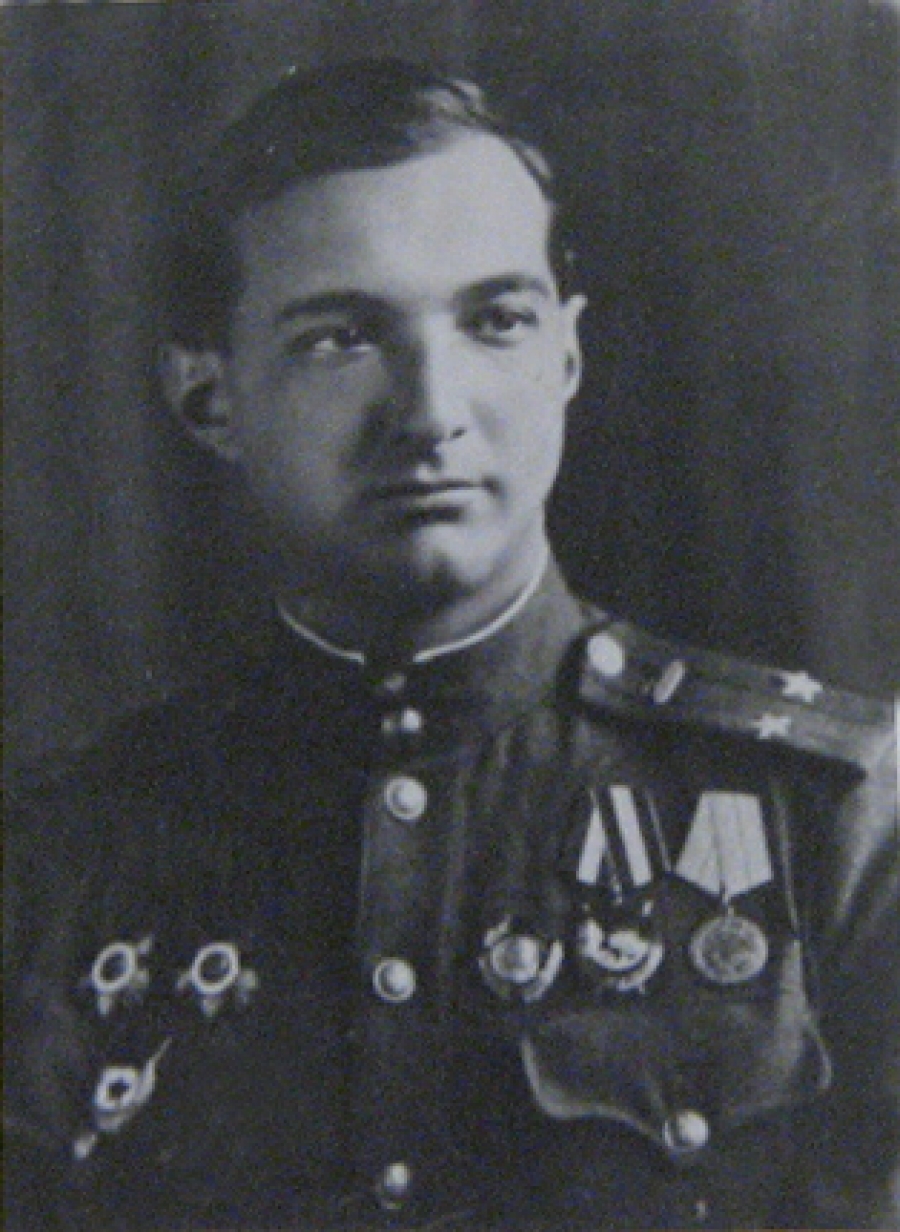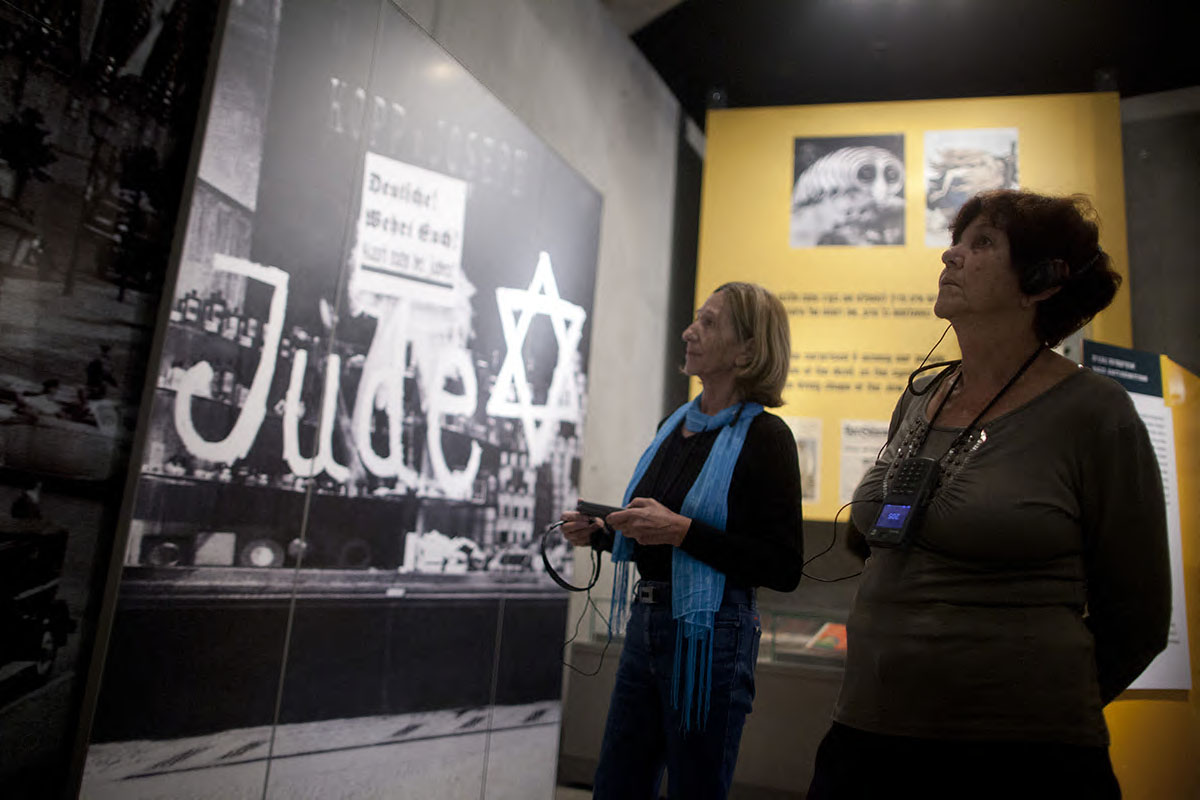Veniamin Mindlin was born in 1919 in the small town of Klimovichi in Belorussia.
After graduating from high school, Veniamin Mindlin moved to Moscow, where he studied at the Institute of Communication Engineers (now the Moscow Technical University of Communications and Informatics). He was soon drafted into the Red Army and underwent military training as a military electrical engineer.
Mindlin's active military service began in March 1942. From July to August 1944, he commanded the famous 1st Guards Tank Brigade. From 1944 to May 1945, he served as commander of the 11th Tank Regiment, which participated in the battle for Berlin in April 1945. He ended the war with the rank of colonel.
Mindlin was wounded three times, but each time returned to the front. He was awarded the Order of Lenin, the Order of the Red Banner, the Order of the Patriotic War, 1st Class – three times, the Order of the Red Star, and several medals.
On May 8, 1945 Veniamin Mindlin was present at the signing of the German surrender.
During the war Veniamin Mindlin was recommended three times for the title of Hero of the Soviet Union, but on each occasion the award was replaced by a lower one. For example, in August 1943, when Mindlin, in command of the 10th Mechanized Brigade, that halted the advance of the SS Great Germany Division and liberated Kotelva in Ukraine, he was awarded only the Order of Lenin. This reduction in honor was repeated in September 1944 and, also, in May 1945 when many other Soviet colonels and generals were recognized as Heroes of the Soviet Union in connection with the victory over Nazi Germany.
After the war, Mindlin returned to Moscow and, from 1961, worked as a senior engineer at the Ostankino television studio. In 1961 and 1966, some of his wartime comrades attempted to persuade the Soviet authorities to grant Mindlin the title of the Hero of the Soviet Union, but both times their appeal was rejected. (On the first occasion, the appeal was supported by the well-known Soviet military commander Semion Krivoshein, a Jew who had already been recognized as a Hero of the Soviet Union).
In 1985, Veniamin Mindlin wrote an account of the war entitled The Last Battle Is the Hardest.
In Klimovichi, the town where Veniamin Mindlin was born, the local history museum exhibits Mindlin's military identity card and a photograph of the signature he inscribed in April 1945 on a piece of the wall of the Reichstag in Berlin.
Veniamin Mindlin died in Moscow in 1997.
From the interview that Veniamin Mindlin gave in the 1983:
In an interview with the journalist Efim Zlatkin in 1983, Mindlin spoke about his experience with and attitude toward military honors as follows:
"The first time that they were going to give me "The Star" [i.e., the honor of being recognized as a Hero of the Soviet Union], they gave me instead the [lower] Order of Lenin. The second time [I was going to be recognized as a Hero of the Soviet Union], they gave me the Order of the Patriotic War. The third time they allowed me to be present at the signing of the surrender of Germany.
No one, and that includes me, attempted to be recognized as a Hero [of the Soviet Union]. We fought not for honors. We fought for our dear ones [and] for our country. Of course, later I was hurt that I had been undeservedly overlooked [in regard to being honored as a Hero of the Soviet Union".







